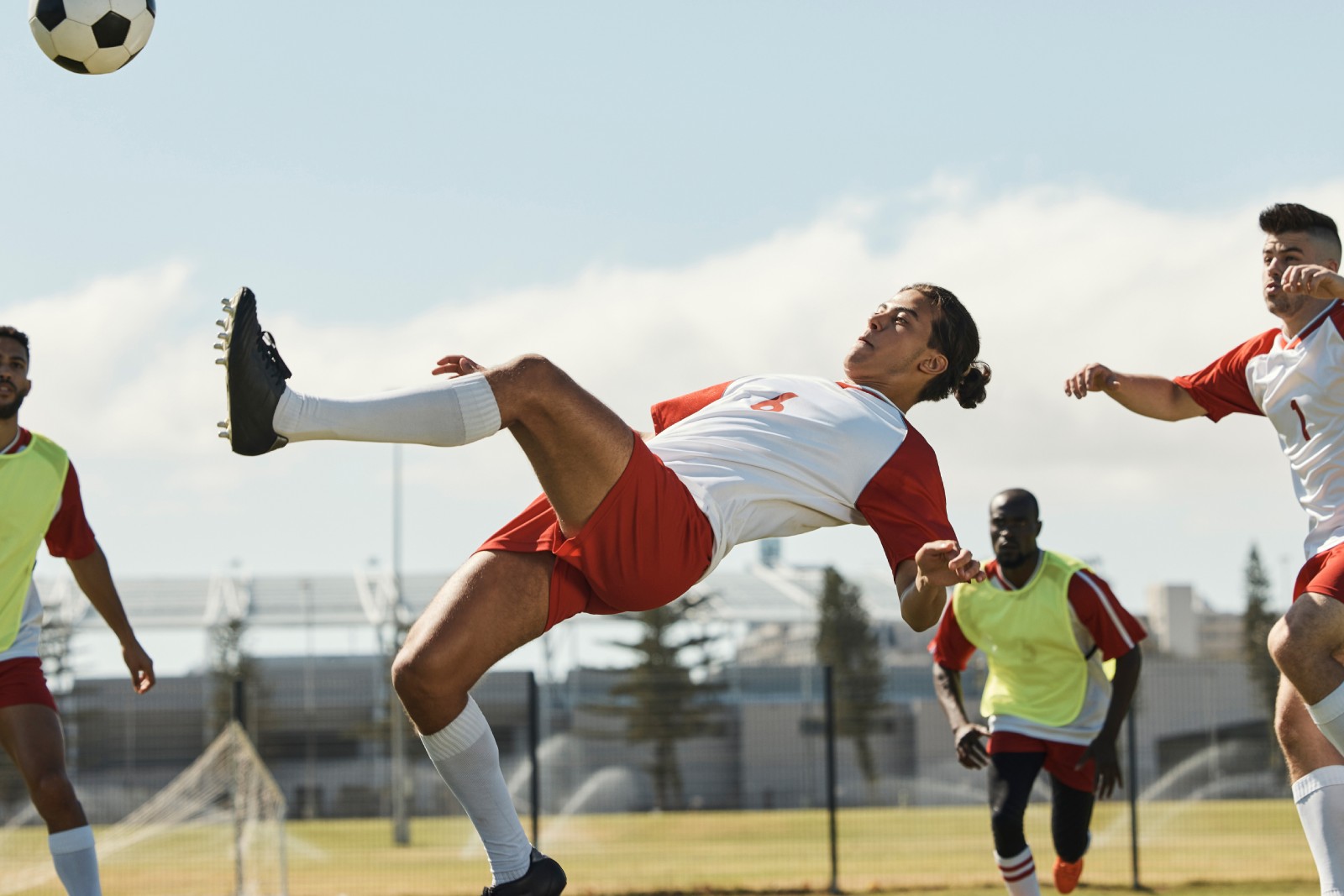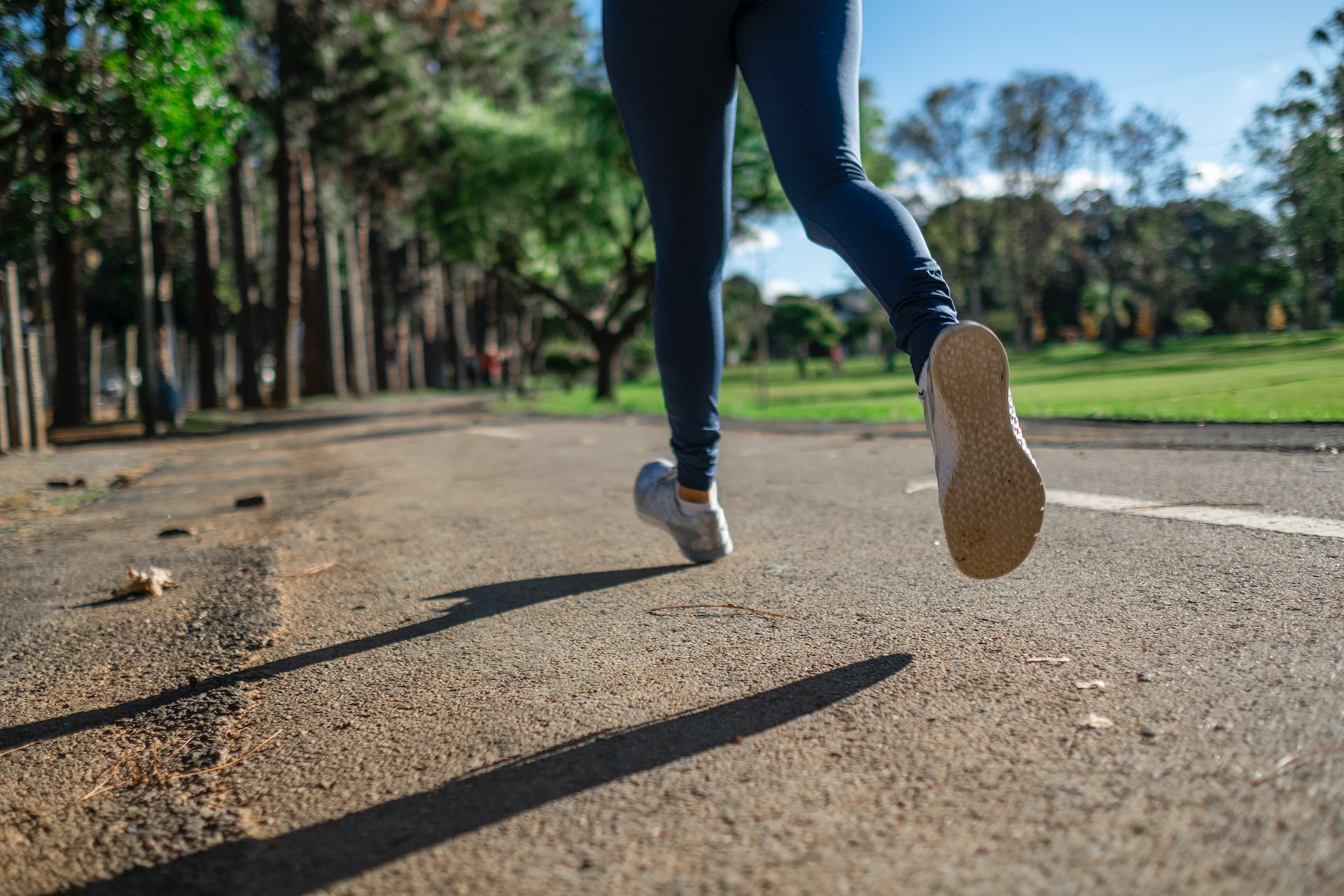Top Categories
An Overview of High-Impact Sports
High-impact sports are characterised by activities that involve significant physical contact, rapid changes in direction, and the potential for falls and collisions. Individuals engaged in high-impact sports go through intense bursts of activity and high levels of physical exertion. They are often involved in jumping, running, and physical contact with other players or the sporting environment.
Examples of high-impact sports include football, rugby, basketball, gymnastics, and martial arts. The physically demanding nature of these sports increases the risk of injuries, including fractures that range from minor cracks in bones to severe breaks that may require surgical intervention.
Types of Fractures Common in High-Impact Sports
Understanding the common fractures associated with high-impact sports can aid in early diagnosis and appropriate management. These fractures can vary in severity, location, and mechanism of injury based on the amount of force exerted on players’ bodies.
Stress Fractures
Stress fractures often occur in the lower legs and feet, as a result of overuse and repetitive force on the body like repeatedly jumping or running long distances.
Symptoms include pain that worsens with time and physical activity. The healing time for stress fractures can range from 6 to 8 weeks, depending on the severity and the bone involved. Adequate rest, modified activities, and even immobilisation might be required for recovery. Improper healing of a stress fracture can lead to chronic issues.
Compression Fractures
Compression fractures affect the vertebrae of the spine and they occur when the bone is subjected to excessive force, causing it to collapse, usually from a fall or direct impact to the back. These fractures are seen in sports involving high-impact falls or jumps.
The main symptom is back pain, which may get worse when walking around and moving. It can also cause decreased height and a stooped posture. Healing can take up to 2 or 3 months, and the pain will fade as the bone starts to heal. Treatments include rest, bracing, or surgery for more severe cases.
Avulsion Fractures
Avulsion fractures happen when a small chunk of bone attached to a tendon or ligament gets pulled away from the main part of the bone. This type of fracture is common in sports that involve sudden accelerations or decelerations, such as soccer or basketball.
Symptoms include sudden, severe pain at the injury site, swelling, and bruising. Treatment typically involves rest, ice, and immobilisation, with healing times ranging from 3 to 12 weeks, depending on the injury’s location and severity.
Greenstick Fractures
Greenstick fractures are incomplete fractures where the bone bends and cracks but does not break completely. They are more common in children under 10 years old, as their bones are softer and more flexible, but they can also occur in high-impact sports involving younger athletes where they have a fall or direct blow.
For mild fractures, a bruise and some tenderness are expected. However, severe cases can cause a bend in the limb, resulting in pain and swelling at the injury site.
The healing process for greenstick fractures typically takes 4 to 8 weeks, and it involves immobilisation with a cast or splint to allow the bone to properly realign and heal.
Compound Fractures
Compound fractures, also known as open fractures, involve a break in the bone that protrudes through the skin, creating an open wound. These fractures are caused by high-energy collisions or falls, which are common in contact sports.
They are serious injuries that require immediate medical attention to prevent infection and ensure proper healing. Treatment often involves surgery to clean the wound and fix the bones with plates, screws, or rods. The healing time can range from several months to over a year, depending on the injury’s complexity and the patient’s overall health.
Conclusion
Participation in high-impact sports significantly increases the risk of sustaining all of these types of fractures. Understanding the causes and identifying symptoms of these fractures is important for prompt diagnosis and effective treatment.
If you are experiencing symptoms that may suggest one of these bone injuries, we strongly encourage you to seek immediate medical help or contact our clinic for a consultation. Our experienced sports medicine physician, Dr. Chiam Tut Fu, specialises in sports injuries and is equipped to provide you with the highest level of care, from diagnosis to rehabilitation.




